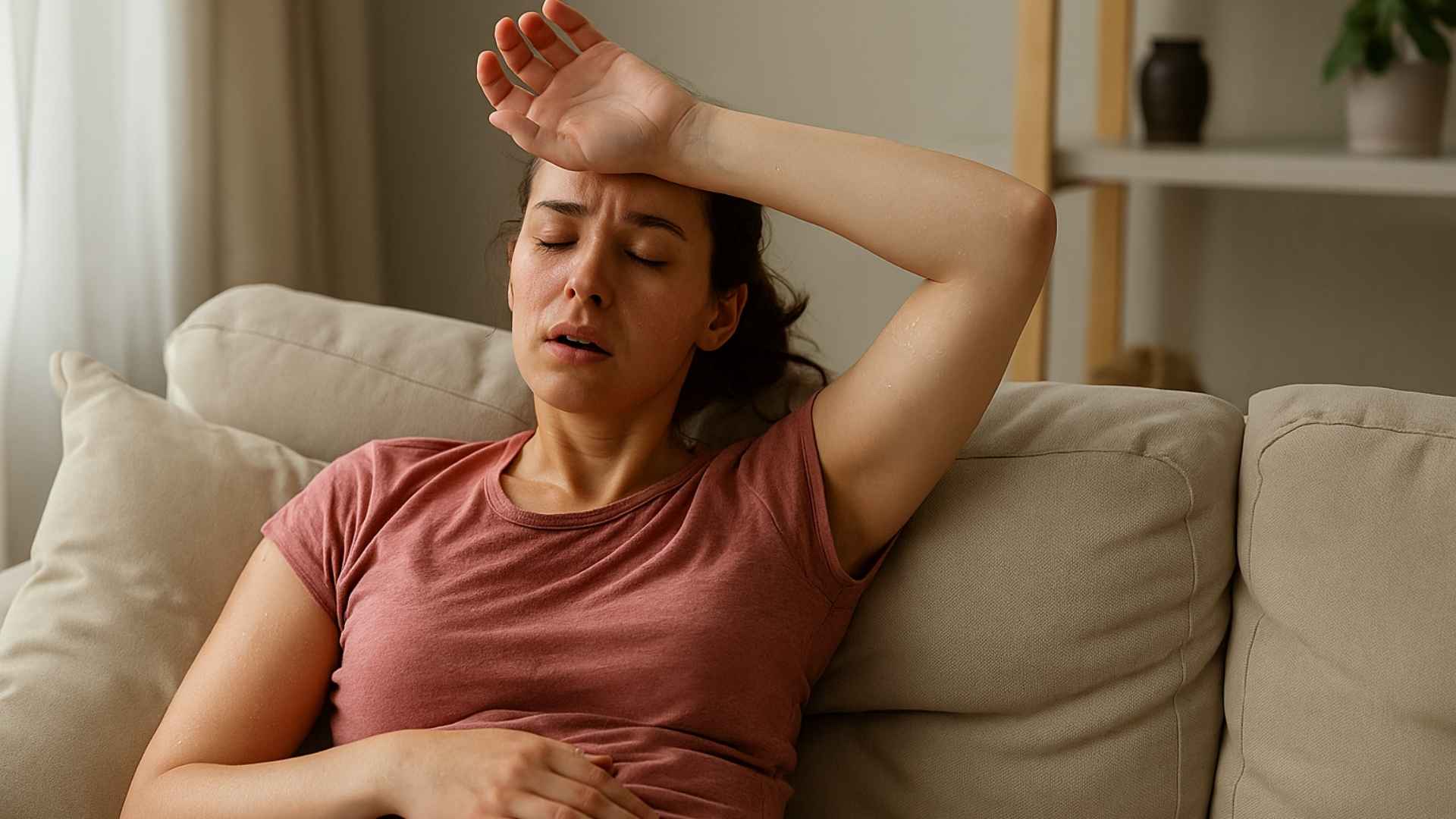Why a Mild UK Heatwave Feels Worse Than in the USA
Mild UK Heatwave Feels Worse- The UK is having another hot summer in 2025. Many people wonder why a mild UK heatwave feels worse here than in US. Even when temperatures are not very high, it still feels very uncomfortable. The UK has some unique reasons why the heat feels stronger. These include things like:
- How UK homes are built
- The way the environment works
- How our bodies react to heat
This article looks at all these reasons in simple ways. It helps us understand why mild UK heatwave feels so hard to handle.
Why Mild UK Heatwave Feels Worse?
The Humidity Factor
High humidity is a key reason a mild UK heatwave feels oppressive. Unlike the drier heat often found in the US, the UK’s proximity to the ocean and prevailing south-westerly winds bring moist air, making it harder for sweat to evaporate and cool the body. The BBC highlights that temperatures of 26°C to 30°C feel intensified due to this humidity, especially during “tropical nights” when temperatures stay above 20°C, leaving no relief. The UK Met Office reported that June 2025 was the hottest on record for southern England, with average temperatures reaching 28°C, amplifying this effect.
Architectural Flaws
UK buildings, particularly older homes built before 1900, are designed to retain heat for the country’s cold winters, with less than 5% having air conditioning. The BBC notes that this turns homes into “greenhouse ovens” during heatwaves, a stark contrast to US homes in warmer regions, which are often equipped with ventilation and cooling systems. The National Grid reported a 12% spike in electricity demand during the July 2025 heatwave as households resorted to fans and portable coolers, underscoring the UK’s unprepared infrastructure.
Urban Heat Island Effect
UK cities like London experience the urban heat island effect, where concrete surfaces absorb and release heat, making urban areas up to 10°C warmer than rural surroundings. The BBC emphasizes that this effect, combined with limited green spaces, makes heatwaves feel more severe compared to many US cities, where modern planning mitigates temperature spikes. A recent study cited by The Guardian on July 10, 2025, found that heatwaves increase ground-level ozone by 15%, worsening air quality and adding respiratory strain in UK urban areas.
Physiological Adaptation
Britons are less acclimated to heat due to the UK’s typically cool climate. The BBC points out that sporadic heatwaves prevent the body from adapting, increasing vulnerability to heat-related issues even at milder temperatures. In contrast, US residents in hotter regions are more accustomed, making the same temperatures feel more tolerable. A BBC survey from July 2025 revealed that 68% of UK residents avoid outdoor activity during heatwaves due to discomfort, compared to only 42% in the US, reflecting this adaptation gap.
Climate Change
Climate change is making UK heatwaves more frequent and intense. The BBC reports that the chance of 40°C temperatures has risen 20 times since the 1960s, with 30°C days potentially becoming 16 times more common by 2070 in southern England. This escalation, driven by greenhouse gases, makes even mild heatwaves feel extreme compared to the US, where adaptation measures are more established. The Environment Agency noted on July 12, 2025, that heatwaves have led to a 20% increase in water usage in the UK, straining supplies, while US states like California rely on efficient irrigation systems.
Must Read: Burj Khalifa in Dubai: The World’s Tallest Architectural Marvel and Engineering Wonder
Practical Tips to Stay Cool
Beat the heat with these expert tips:
- Drink plenty of water and avoid alcohol.
- Use fans and keep curtains closed during the day.
- Stay indoors or in shaded areas from 11 AM to 4 PM.
- Wear light, loose-fitting clothing.
Conclusion
The latest insights reveal why a mild UK heatwave feels worse than in the US: high humidity, outdated building designs, urban heat islands, limited physiological adaptation, and the growing impact of climate change. As temperatures rise, understanding these factors is key to staying safe.
Share your heatwave experiences in the comments and stay tuned for more updates!







